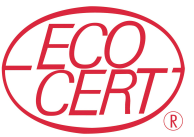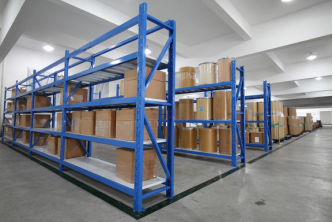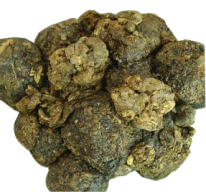11 Years Manufacturer Organic Propolis powder Manufacturer in Mexico City
11 Years Manufacturer Organic Propolis powder Manufacturer in Mexico City Detail:
[Products Name] Propolis powder, Propolis extract powder
[Specification]
Propolis content 60%,70%,80%
Water-soluble propolis powder 60%,70%,80%
[Gerneral feature]
1. Low antibiotics
2. Low PAHs, can approve to 76/769/EEC/German:LMBG;
3.Organic certified by ECOCERT, according to EOS & NOP organic standard;
4.Pure natural propolis;
5.High content of flavones;
6.Anti-block;
7. Manufacturer supply.


[Packaging]
1. 5kg/aluminum foil bag, 25kgs/carton.
[How to get it]
First, we collect raw propolis from beehives, then extract by low temperature with ethanol. Filter and concentrate, we get the pure propolis block at 98%. Then Low temperature crushing, adding edible and medicinal excipients, finally we get propolis powder.
[Introduction]
Propolis comes from the substance like natural resin, which is collected by the bees from exudates of plants branches and bud the chemical substances of Propolis are found to be various, such as beeswax, resin, incense lipids, aromatic oil, fat-soluble oils, pollen and other organic matter. Studies have shown that the source of propolis resin in material has three types: bees collected plants secreted fluid, secretion in vivo metabolism of bee, and involvement in the process of forming the material.
We can supply Propolis Extract with food-grade and medicine-grade .The raw materiall is came from non-polluting food grade propolis .Propolis extract was made of high-grade propolis. It maintains the propolis effective ingredients during the procedure of extraction under constant low temperature , taking off the useless substances and sterilization.
[Function]
Propolis is a natural product processed by bees mixed with glutinous and its secretion.
Propolis contains more than 20 kinds of useful flavonoids, rich vitamins, enzymes, amino acids and other microelements, etc. Propolis is called “purple gold” owing to its valued nutrients.
Propolis can remove free radical, lower blood sugar and blood fat, soften blood vessels, improve micro-circulation, enhance immunity, anti-bacteria and anti-cancer.
Product detail pictures:

Related Product Guide:
We're going to commit ourselves to giving our esteemed customers along with the most enthusiastically considerate providers for 11 Years Manufacturer Organic Propolis powder Manufacturer in Mexico City , The product will supply to all over the world, such as: Rio de Janeiro, Cape Town, Rotterdam, What You Need Is What We Pursue.We are sure our products will bring you first class quality.And now sincerely hope to promote partner friendship with you from all over the world. Let's joint hands to cooperate with mutual benefits!
An introduction to Reishi Mushrooms. For more information on this herb and many more please visit: .
The benefits of Reishi Mushroom (also known as Ling Zhi) have been prized for over 5000 years. Reishi provides a rich source of beta .
Learn more at: Reishi, pronounced ‘Reyshe’, is its Japanese name and the one most commonly used all over the world.
You can get more info about these products here: You can support this .
วยา&วีรชัย
Adhering to the business principle of mutual benefits, we have a happy and successful transaction, we think we will be the best business partner.







